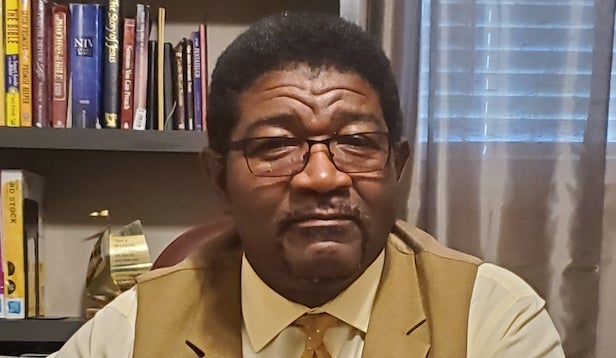Could you have obstructive sleep apnea?
Published 8:17 pm Friday, March 16, 2018
When you woke up this morning, did you feel refreshed or did you feel as tired as you were when you went to bed? If you are like a growing number of people in our society, waking up tired has become an accepted way of life. The National Institute of Health reports that an estimated 50 to 70 million Americans have some type of sleep disorder. Chronic sleep deprivation has been linked to a variety of serious health issues including hypertension, diabetes, osteoporosis, obesity, depression and memory loss. Sleep deprivation results from a chronic lack of “efficient sleep” which can be caused by not getting enough sleep, getting “inefficient” sleep or a combination of the two. The most common sleep disorder is Obstructive Sleep Apnea or OSA.
Just as the name implies, OSA is caused by a physical obstruction that closes, or nearly closes your airway when you are asleep. When you sleep, all of the muscles in your body relax a bit, including your tongue and the muscles in your throat. If you have OSA, these muscles “collapse” rather than relax, causing an obstruction in your airway. When your body starts to panic due to lack of air, you wake up just enough to start breathing again. In the world of sleep medicine, this disruption is called an arousal. Arousals lasting less than 15 seconds typically aren’t remembered. Arousals of more than 15 seconds are called awakenings. Awakenings may be remembered, although this is less likely the more sleep deprived you become. Believe it or not, it is common for people with moderate untreated OSA to experience 30 or more arousals an hour. People with untreated severe OSA can actually stop breathing for up to 45 seconds before having an awakening. Whether it’s an arousal or an awakening, once you start breathing again, the cycle repeats. Is it any wonder that you wake up tired?
Almost everyone experiences minor sleep arousals and awakenings from time to time that can be corrected simply by changing everyday habits. Behaviors such as getting more exercise, avoiding caffeine and alcohol for at least three hours before bedtime, and turning off your electronic devices an hour before you go to bed will help you to have more restful sleep. If you have OSA, though, these changes aren’t very helpful. Since OSA is caused by physical obstruction of the airway, a medically-supervised approach is needed to open your airway and keep it open while you sleep.
- How do you know if you have OSA? The first step is to take this simple quiz, the STOP-BANG:
- Snoring — do you snore loudly enough to be heard through closed doors?
- Tired — do you often feel tired or sleepy during the day?
- Observed — has anyone observed you stop breathing during your sleep?
- Pressure — do you have/are you being treated for high blood pressure?
- BMI — is your BMI (Body Mass Index) greater than 35?
- Age — are you over the age of 50?
- Neck circumference — is it greater than 17 inches for a man or 16 inches for a woman?
- Gender — are you a man?
If you answer yes to three or more of these questions, you are definitely at risk for having OSA. The absolute diagnosis is made by having a sleep study. A sleep study is a medical test that must be ordered by a medical provider (physician or mid-level provider). Results are interpreted by a physician certified in sleep medicine. Treatment options range from dental appliances to CPAP/BiPAP machines that use air pressure to keep your airway open while you sleep.
What is the next step if you are at risk for OSA? Make an appointment with your medical provider to discuss your STOP-BANG results. If appropriate, your provider will order a sleep study for you. Depending on any other medical conditions you might have, you may be able to do HST, or home sleep testing. If HST isn’t an option, you will be referred to a sleep lab for an on-site overnight test.
Do not let the idea of sleeping in a hockey mask attached to a large, noisy CPA machine stop you from being diagnosed and treated. Today’s machines are small and almost silent. Full face masks are no longer the only treatment-delivery option. Just google “CPAP masks” — you will find nasal masks, nasal pillows, cloth masks, masks with minimal tubing — your choices are endless! Adjusting to sleeping with something on your face may take a few weeks, so be persistent. Your health benefits start immediately.
If possibly having untreated Obstructive Sleep Apnea is making you feel like a zombie, make an appointment with your physician to see if you need a sleep study. Successful treatment of OSA may be our best defense against the dreaded “zombie apocalypse!”
Alene Payne, MS, RRT/RCP, is the manager of cardiopulmonary services at Vidant Beaufort Hospital.





